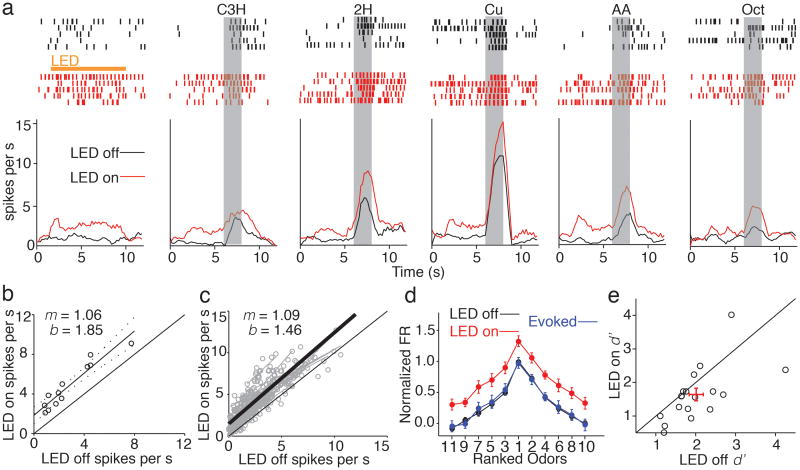Figure 3. Subtractive inhibition increases the discriminability of odor responses without altering odor tuning in piriform cortex.
a) Example single unit shows odor-tuned responses under control conditions (black) and during SOM cell photoinactivation (red). b) Linear fit of unit in A in response to 11 odorants with and without LED illumination reveals a significant shift in intercept (b) while slope (m) remains near unity. c) Summary of 29 units from 8 experiments (grey points and lines) and average of the linear fits (thick black line) shows purely additive shift in PCx activity. d) Average normalized and rank ordered odor tuning curve (n = 29, mean ± SEM). Control (black) and LED (red) curves are scaled by subtracting the control spontaneous firing rate and then dividing by the control peak odor response for each unit. To calculate odor-evoked activity, LED odor responses were baselined by subtracting the LED spontaneous firing rate and then normalized by the maximum LED response (blue). e) Discriminability index (d′) is reduced during LED illumination indicating that suppressing SOM cell activity degrades the signal-to-noise ratio of odor responsive single units in PCx. Red cross; mean ± SEM.

